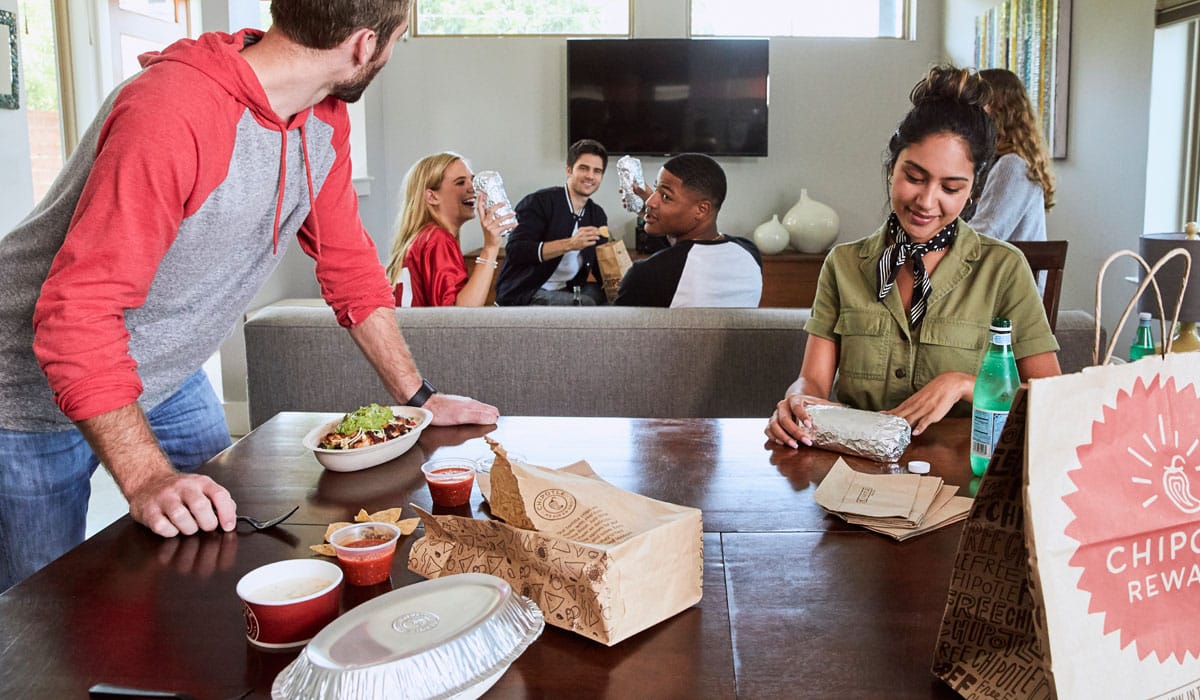As restaurants transition to business models that are more than 50 percent online and off-site, it is critical to evaluate the full cycle of food delivery.
All delivery business models come down to four components: marketplace, kitchen, logistics, and feedback. To increase the operational efficiency and maximize delivery profitability, it is important to reflect on and integrate each of the components into one system.
Marketplace: where guests place their order—hosted on the restaurant’s native app/website or on a third-party aggregator.
If a restaurant does not currently have a branded online ordering channel, now is the time to build one. There are many food technology companies offering white-label online ordering solutions that serve restaurants of any size. But once created—you have to get the word out. That means press, email marketing, social media, local and digital advertising—it is critical that guests know they can order direct.
If a restaurant is using third-party marketplaces to complement direct ordering, only use third-party channels for marketing to new guests. The end goal is to convert your most loyal users to direct ordering. One tactic is to offer only a “sampler” or “greatest hits” menu on third-parties, while reserving your most brand-specific items for guests who order directly. This strategy introduces the restaurant to new guests on third-party channels, while providing a clear path to the direct ordering experience.
Kitchen: where the food gets cooked and the order is fulfilled—the space itself can be in the restaurant or a ghost kitchen.
When a restaurant is converting from printed to online menus, we recommend listing no more than 50 items. This minimizes time spent scrolling while the guest places their order. For pricing, always price items with a positive unit margin inclusive of food and packaging costs. For fulfillment, integrate online ordering with the POS/KDS and delivery dispatch systems to make the order flow as seamless as possible. This strategy results in accurate and on-time orders from the time they’re placed to the time they’re delivered.
Logistics: how the food gets to the guest—this can be done through a restaurant’s in-house staff, or outsourced to a third-party logistics company.
Quality is key—for each delivery order, always use insulated delivery bags, and ensure the same standard in your logistics partners. To keep menu prices competitive and delivery orders profitable, the cost of logistics should be priced as a delivery or service fee. Ideally 100 percent of the logistics cost is passed along to the guest. Increase logistics efficiency by increasing average check size and the number of orders delivered per trip.
Feedback: how you learn from your guest and improve their experience—either by sending a survey or calling them directly.
There’s no server online to give a complaint (or compliment!) so it is important to make an effort to get feedback from guests where they are—through online services or just picking up the phone and calling. When the guest experience is outside the restaurant’s four walls, it is difficult for operators to know if they’re doing a good job. This makes obtaining delivery feedback key to staffing and training. It is crucial to monitor all online reviews and ratings, with the intention of a 5 star experience.
Lastly, a restaurant owner, operator, or chef should always taste their meals as delivered. This builds an understanding of the full guest experience, and what it’s like to receive delivery from their restaurant. Test it at different times of day, across the whole menu, and across a range of order sizes from $5 to $150.
By holistically evaluating the four components of delivery, restaurants can position their business to develop short term cash flow and long term brand equity. It is paramount to drive growth through white-label ordering channels that connect the restaurant directly to their guests. In the kitchen, integrate technology and streamline the menu. For logistics, charge what it costs, then work to increase order density. And remember to listen, learn, and adapt to feedback.
Scott Landers began his lifelong fascination with food and water in East Texas, where he was born and raised on the sixth-generation Landers Family Farm. He has since worked as a civil engineer, product director, and independent consultant to water and food organizations. Scott co-founded Figure Eight Logistics, where he currently works as a food delivery consultant. He holds a Bachelor’s Degree in Environmental Engineering from MIT and lives in New York with his wife and schnauzer. Scott can be reached at hello@figure8.delivery.







